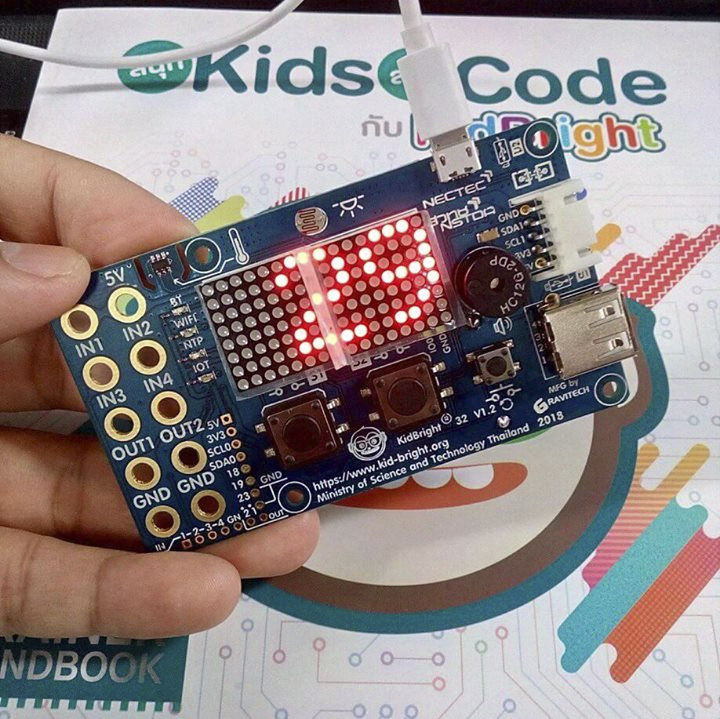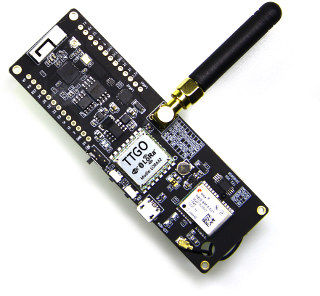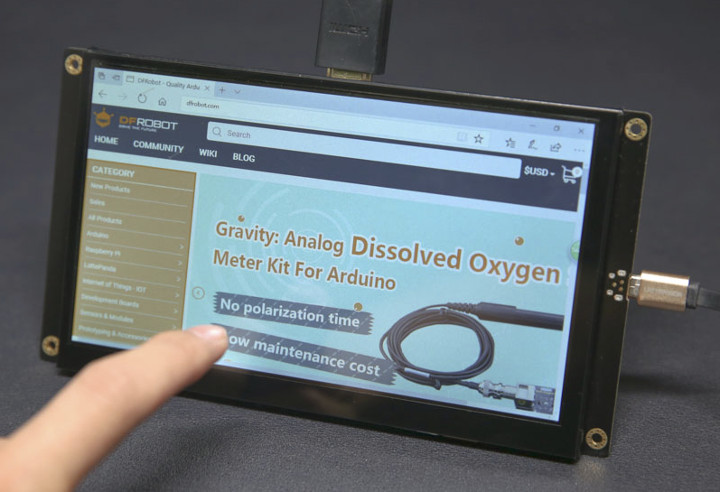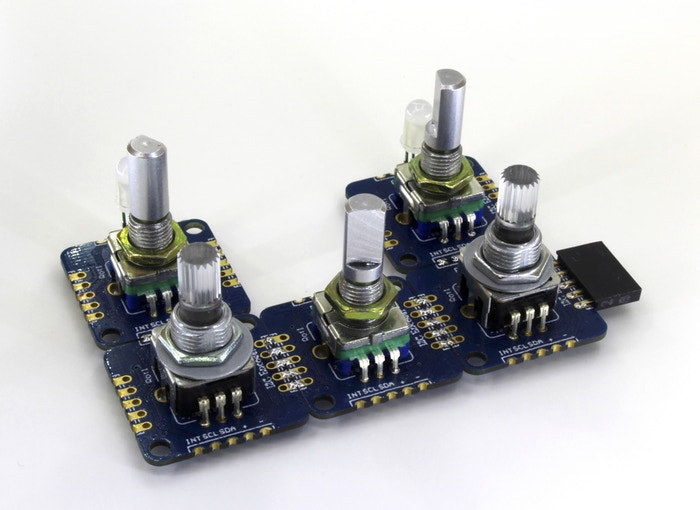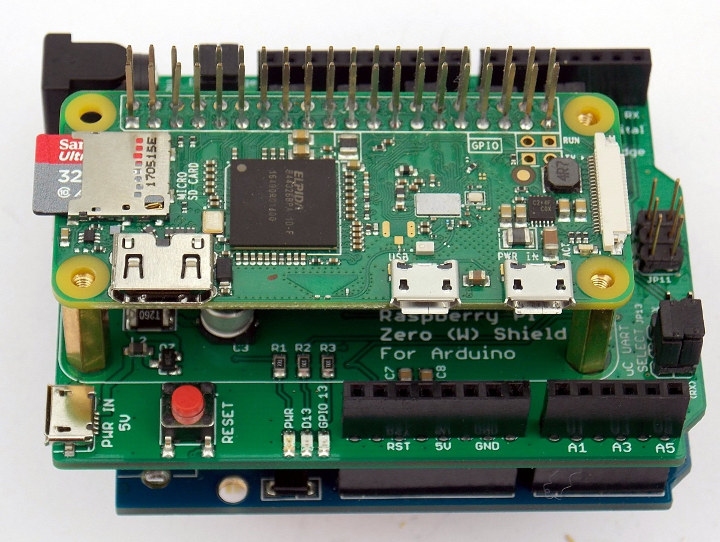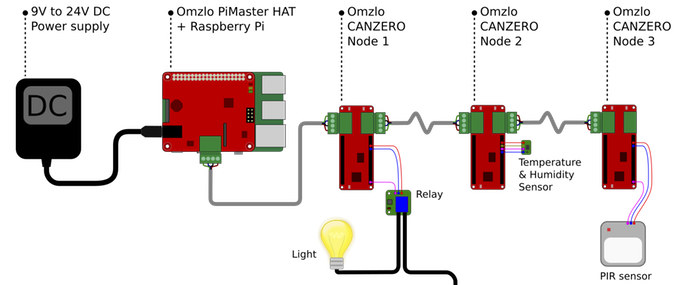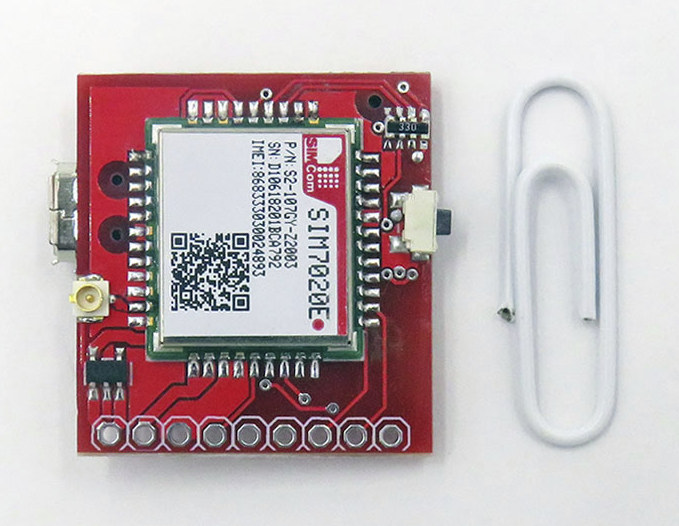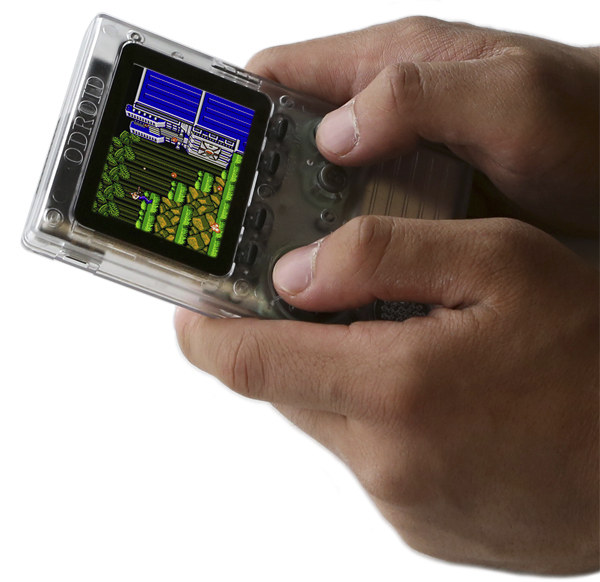BBC Micro:Bit board was first announced in July 2015. Designed for STEM education, the board was then offered to UK schools in March 2016, and a few months later UK store would start selling it worldwide. It’s now available pretty much anywhere, and you can likely find it in a local store or online. The Thai government must have seen this, and thought to themselves “If the British can do it, we can do it too!”, as the National Electronics and Computer Technology Center (NECTEC) part of Thailand’s Ministry of Science and Technology designed KidBright32 board and courses to teach STEM to Thai students. The board is based on Espressif Systems ESP32-WROOM-32 WiFI and Bluetooth module, and comes with large holes for power (5V/GND) and 6 digital inputs/outputs, smaller through holes for I2C and more I/Os, as well as an I2C header. We’ll also find some LEDs, two dot matrix […]
Design ESP32 LoRa GPS Tracker Applications with TTGO T-Beam Board
TTGO introduced a small ESP32 LoRa board with OLED display last year that is still selling for around $14 shipped. But the company is now back with a similar board called TTGO T-Beam that does without the display, but adds GPS support, and a 18650 battery holder, so it should be ideally suited for all sorts of LoRa GPS tracking applications. TTGO T-Beam board specifications: SoC – Espressif ESP32 dual core Xtensa LX6 processor with WiFi and Bluetooth Memory – PSRAM Storage – 4MB SPI flash Connectivity 802.11 b/g/n WiFi up to 150 Mbps + Bluetooth 4.2 Classic and LE with “3D antenna” soldered on PCB LoRa 433, 868, and 915 MHz versions with SMA antenna Transmit current – 120 mA @ +20dBm; 90 mA @ +17dBm; 29mA @ +13dBm Receive sensitivity -139dBm with LoRa & 62.5Khz & SF=12 & 146bps -136dBm with LoRa & 125Khz & SF=12 & 293bps […]
DFRobot 7″ HDMI Display with Touchscreen Sells for $69
There are plenty of HDMI displays, but if you want a smaller size it become more complicated although some 7″ HDMI displays are available. However, if you want to add touchscreen support, then the choice becomes even more scarce, especially if you want a neatly packaged solution. That’s why DFRobot’s 7″ HDMI display with a 5-point touchscreen may be interesting, and as a bonus it also features mounting holes for Arduino & Raspberry Pi boards. Specifications: Display – 7″ display with 1024×600 resolution @ 43 Hz (60Hz is possible, but not recommended as it will not be full screen) Interfaces – HDMI input for video, micro USB port for touchscreen Voltage & current – 5V @ 160 mA with HDMI connection (1.2A max) Dimensions – 183 x 100mm; mounting hole size: 3.1 x 6mm Weight – 328g Despite the 1.2A maximum current, the company claims an external power supply is […]
Connect Multiple Rotary Encoders to Arduino, ESP8266, Raspberry Pi, etc… with I2C Encoder V2 (Crowdfunding)
Rotary encoders are pretty common devices that convert the angular position of a shaft to analog or digital output signals with quadrature-encoded A / B pulses the most common way of reporting the position to the micro. So for each encoder you’d need 2-pin, and if your project use many of those you may quickly run out of pin, interrupts, etc… Simone Caron has decided to tackle this issue by creating an I2C encoder board, which works with various encoders, and whose second revision is now offered on Kickstarter. The I2C Encoder V2 board supports standard mechanical encoders, illuminated RGB encoders, and clickable rotary encoders, each of which may be with or without dent. The board also comes with 3 GPIOs following RGB LED footprint, but also usable as PWN, GPIO, or ADC, and each board’s I2C address can be configured with some soldering on A0 to A6 pins. Finally, […]
Raspberry Pi Zero (W) Shield for Arduino is an Arduino UNO Baseboard for RPI Zero Board
There are already various Arduino compatible shields for Raspberry Pi where the add-on board connect to a Raspberry Pi 3 board to provide Arduino headers, but Raspberry Pi Zero (W) Shield for Arduino is a little different as it acts as a baseboard with Arduino header for Raspberry Pi Zero (W) RPI Zero (W) shield specifications: Reset switch for the micro-controller LED – Shield power LED, LED connected to Arduino pin 13, LED connected to Raspberry Pi GPIO pin 13 Expansion Female headers allowing for full-access to all Arduino pins. ICSP header access for AVR Micro-controllers Misc 3mm mounting holes for securely mounting Raspberry Pi Zero (W) to shield (mounting hardware included) Solder-jumpers to disconnect Micro-controller SDA/SCL pins from pull-up resistors Solder-jumper to disconnect Raspberry Pi GPIO13 from LED Power Supply – 6.5 to 12V power supply (6.5 to 9V recommended) via 2.1mm power barrel jack, or 5V via micro […]
NoCAN IoT Platform Leverages Raspberry Pi & Arduino for CAN Bus Projects (Crowdfunding)
Many IoT projects rely on wireless connectivity through WiFi or Bluetooth, but in some cases it may be more reliable and convenient to use wired connectivity. The CAN Bus is a little like a low bandwidth Ethernet PoE solution for IoT, as it allows to transfer data over a serial connection while provided power at the same time, and can be daisy chain to support multiple boards. Omzlo’s NoCAN IoT platform provides a CAN bus solution leveraging Raspberry Pi 3 board through their PiMaster HAT acting as a CAN bus gateway, and Arduino compatible CANZERO boards to which you can connect sensors and actuators. Omzlo PiMaster HAT specifications: MCU – STMicro STM32F042 Cortex-M0 32bit ARM MCU – 48Mhz. Networking – 125000 bps CAN bus up to 300 meters range GPIO – Communicates with Raspberry Pi through SPI + GPIOs Security – Smart power switch with over-current protection. Power Supply – […]
SIM7020E 4G NB-IoT Mini Development Board Sells for Just $14
We now have plenty to choose from when it comes to NB-IoT development boards or shields, but so far pricing has not been very attractive, and the cheapest NB-IoT solution I found so far was probably Dragino NB-IoT Bee, a XBee compatible board going for $23. But this morning, I saw an even cheaper NB-IoT board with SIM7020E 4G NB-IOT Mini development board selling for $14.30 on Electrodragon. Not quite the price of 2G solutions, but we’re getting there. Board specifications: NB-IoT Module – SIMCom SIM7020E module working globally with B1/B3/B5/B8/B20/B28 bands supported Nano SIM card holder and u.FL connector for NB-IoT Expansion – 9-pin unpopulated 2.54mm pitch header with 2x UART (3.3V / 5V), ADC, Boot, 3.3V, 5V and GND USB – 1x micro USB port that can be recognized by PC, but as Electrodragon puts it: “not sure how to use it”. Misc – Net LED, power key […]
ODROID-GO is an Arduino Compatible, ESP32 based Portable Gaming Console Kit
When I first saw Hardkernel made ODROID-GO portable gaming console, I immediately thought they did a Linux device ala PocketCHIP, since so far the company has only designed Android & Linux development board. But ODROID-GO game console is actually based on Espressif ESP32 WiSoC, programmable with the Arduino IDE, and launched to celebrate Hardkernel’s 10-year anniversary. ODROID-GO specifications: SoC – Custom ESP32-WROVER module with ESP32 SoC @ up to 240 MHz, 16 MB Flash, and 4MP PSRAM Storage – micro SD card slot connected via SPI Display – 2.4″ 320×240 TFT LCD (SPI) Connectivity – WiFi 802.11 b/g/n 2.4GHz – 2.5GHz, Bluetooth 4.2 BR/EDR, BLE Speaker – 0.5Watt 8Ω Mono USB – 1x micro USB port for charging (500mA) and USB-UART communication Expansion Port – 10-pin header with I2C, GPIO, IRQ at 3.3Volt Misc – Buttons: Menu, Volume, Select, Start, A, B, Direction Pad Battery – 3.7V/1,200mAh Li-Polymer good for […]


